Overview
Map
Other Details
كنيسة مار روحانا
Aintaroun
Zgharta
North
كنيسة مار روحانا - عينطورينالكنيسة قديمة العهد، بناء صغير بعقدٍ سريريّ ينتهي بحنية. زيد عليها القبّة سنة ١٩٥٠. تضمّ الكنيسة أيقونةً محليّة قديمة لمار روحانا بزيّ الشمّاس. رُمّمت الكنيسة أواخر القرن العشرين.The church of St Rouhana - AintourineThe church is an old structure consisting of a single nave crib vault ending with an apse. The bell tower was added in 1950. The church holds a rare local old icon of the saint. The building was restored in the late XXth century.
Visited 2530 times, 8 Visits today
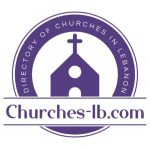

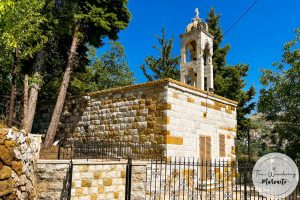
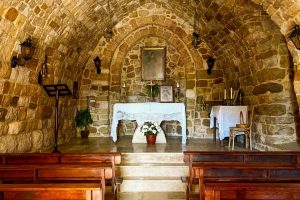
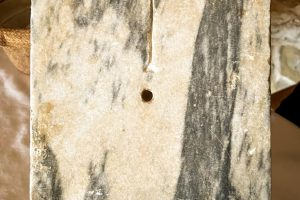

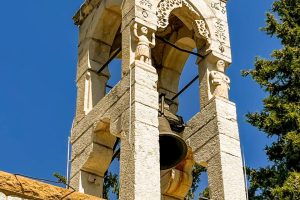
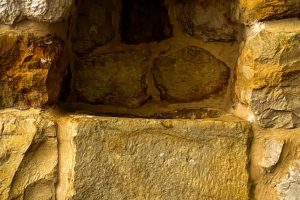











Reviews are disabled, but trackbacks and pingbacks are open.